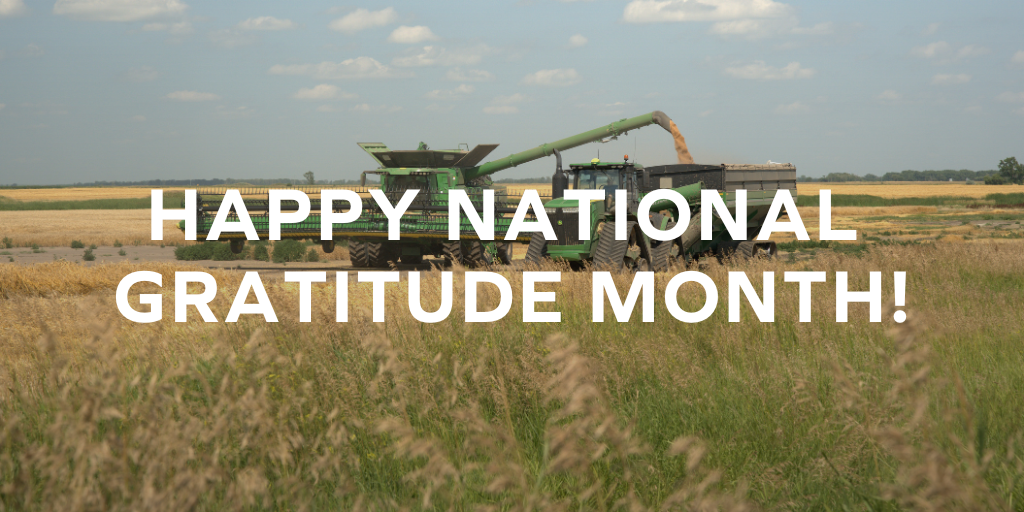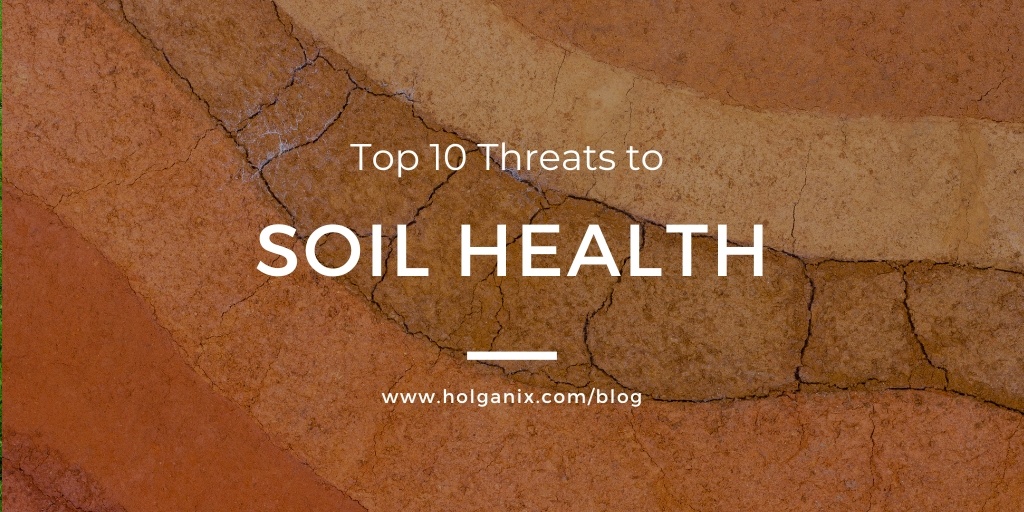|
April 26, 2012
|
9:21 PM
 2 min read
2 min read
Recent
Popular
-2.jpg)
.jpg)

.jpg)
-1.jpg)
-1.jpg)
-2.jpg)
The ROI of Regeneration
.jpg)
The Science Behind Soil Health: Understanding Bulk Density & Soil Organic Carbon

Happy National Gratitude Month!
.jpg)
The Groundwork for Growth: What Healthy Soil Makes Possible
-1.jpg)
Cutting Fertilizer, Growing More: How Holganix Helps Elkins Farms Thrive
-1.jpg)
Build Soil, Build Legacy: The Profitable Power of Year-Round Soil Health
Lists by Topic
- blog (423)
- lawn care (378)
- agriculture (221)
- golf course (205)
- sports turf (202)
- holganix reviews (168)
- story (126)
- Holganix Bio 800 (32)
- farmers (28)
- soil health (24)
- soil (17)
- trees (16)
- webinar (16)
- Holganix Bio 800 Breakdown (14)
- Holganix Bio 800 Agriculture (11)
- holganix case studies (11)
- Soil heath (10)
- soil microbes (10)
- Holganix Bio 800+ Revive (9)
- carbon (9)
- crop residue (8)
- holganix results (8)
- fertilizer (7)
- turf (6)
- Gratitude (5)


.webp)
-1%20(1).webp)
-831535-2.webp)




